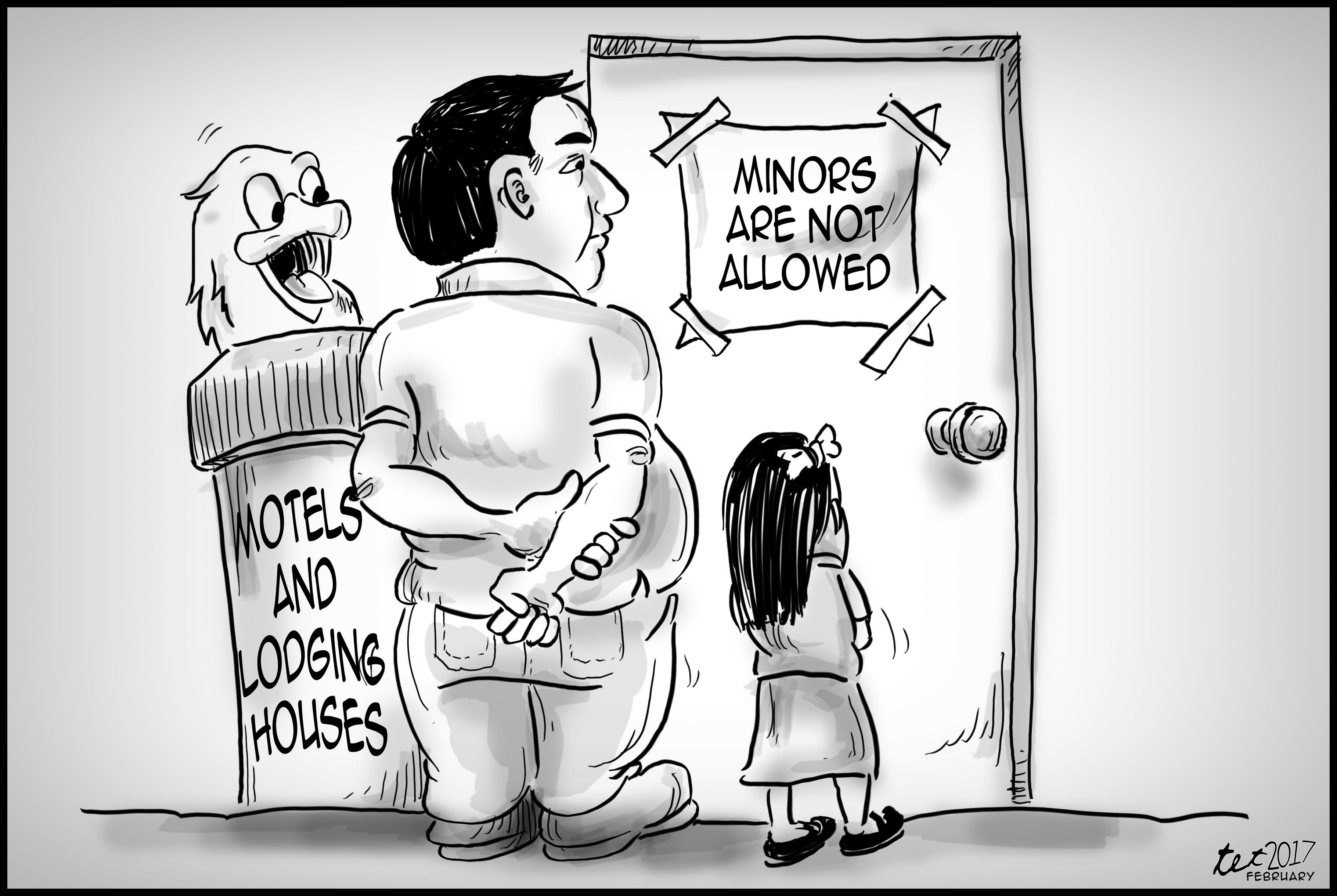
[av_one_full first min_height=” vertical_alignment=” space=” custom_margin=” margin=’0px’ padding=’0px’ border=” border_color=” radius=’0px’ background_color=” src=” background_position=’top left’ background_repeat=’no-repeat’ animation=”]
[av_heading heading=’Disaster and poverty are intertwined’ tag=’h3′ style=’blockquote modern-quote’ size=” subheading_active=’subheading_below’ subheading_size=’15’ padding=’10’ color=” custom_font=”][/av_heading]
[av_textblock size=” font_color=’custom’ color=’#0a0a0a’]
Wednesday, february 15, 2017
[/av_textblock]
[av_textblock size=” font_color=’custom’ color=’#0a0a0a’]
THE INITIAL damage assessment from the magnitude 6.7 earthquake in Surigao del Norte reached P665.720 million. The figure could still rise. Every disaster has a price and strains the already meager resources of the government to address, among others, poverty.
Disaster and poverty are intertwined. Despite our impressive economic growth in recent years, our poverty incidence hardly changed. Poverty and inequalities worsen as natural hazards and climate change constantly affect the poor and keep them trapped in a vicious cycle of risk and poverty.
The national and local governments, along with the private sector, should make good use of the lessons learned from past disasters by building better, complying with resiliency benchmarks, and ensuring not to restore the risks and vulnerabilities that existed before each natural hazard.
Disaster risk reduction strategies should include measures not only to prevent loss of lives but also to protect the things that would sustain life such as the sources of livelihood and employment, which is why disaster risk financing and insurance are vital components of disaster risk management strategies.
Poverty breeds disaster vulnerability, where those who have least in life risk life most. Thus, as disasters become more prevalent, the higher is the right of the poor to social protection, and the higher is the duty of government to reduce disaster risk in pursuit of resilient development. Disaster risk reduction is social justice in action.
Disaster risk reduction must be closely linked to development — the kind of development that does not create new risks but promotes resilient investments.
[/av_textblock]
[/av_one_full]







